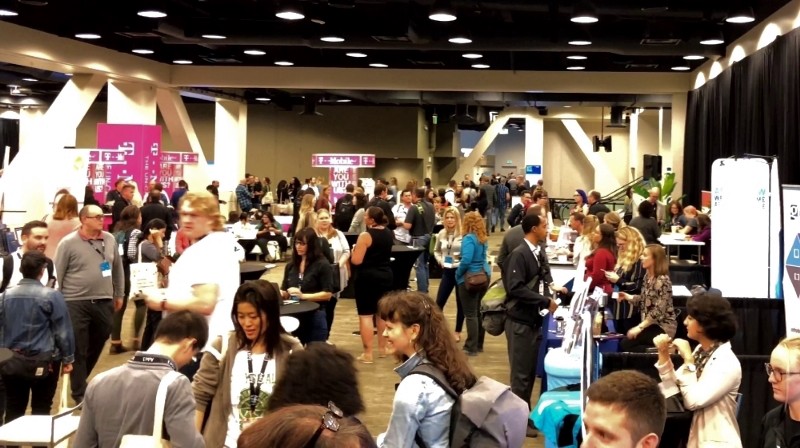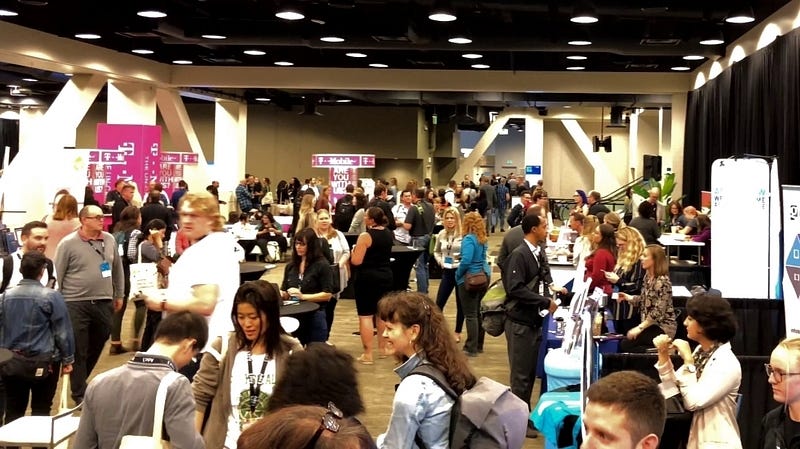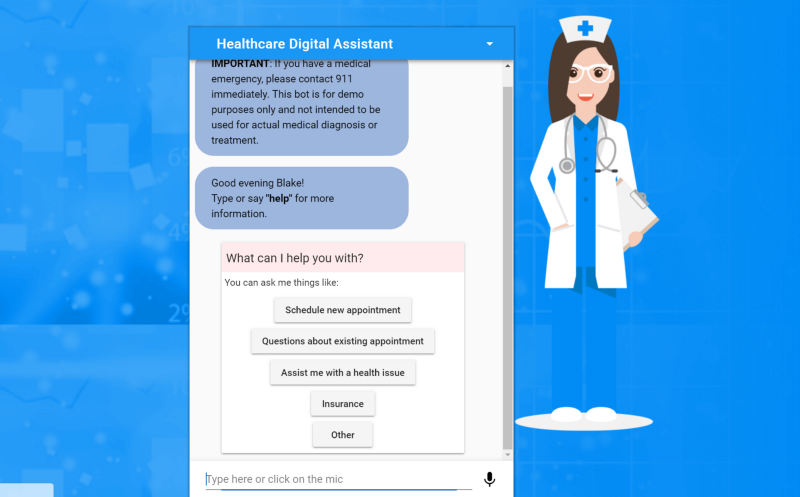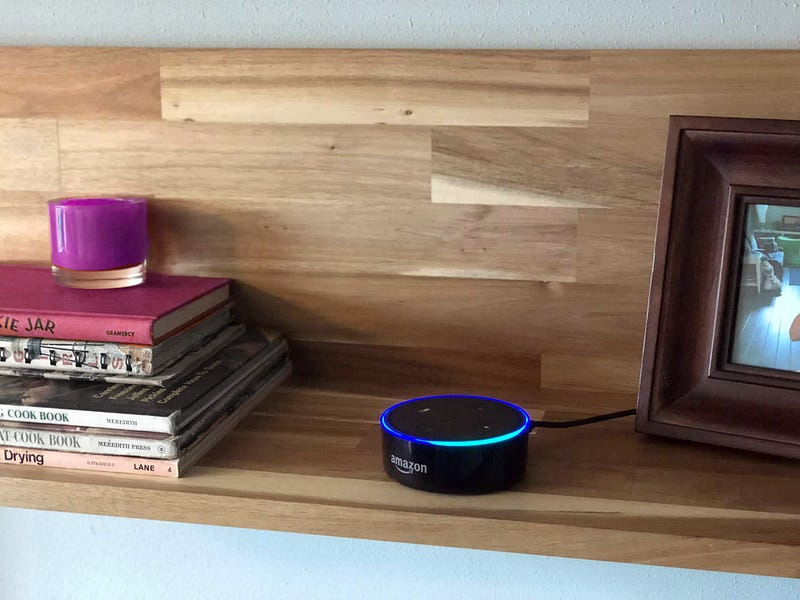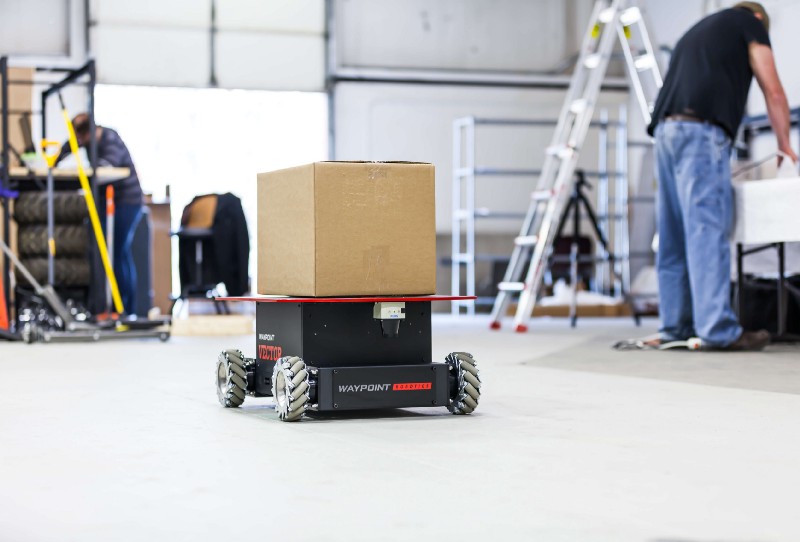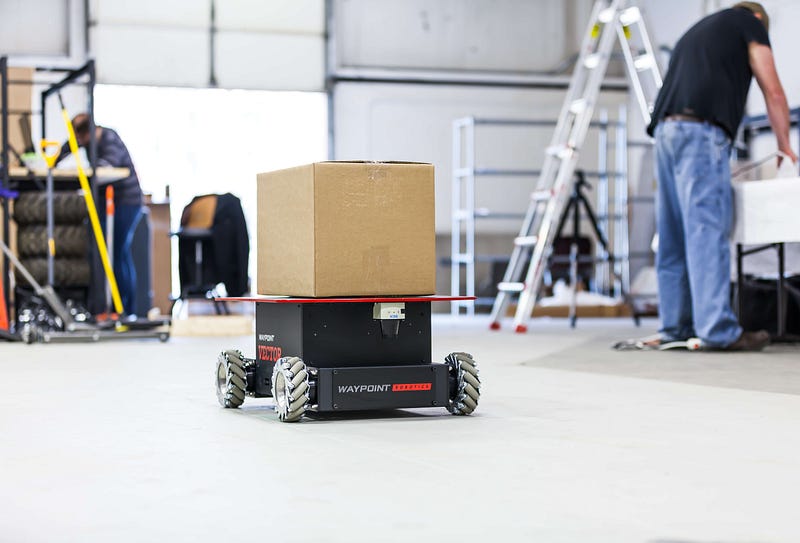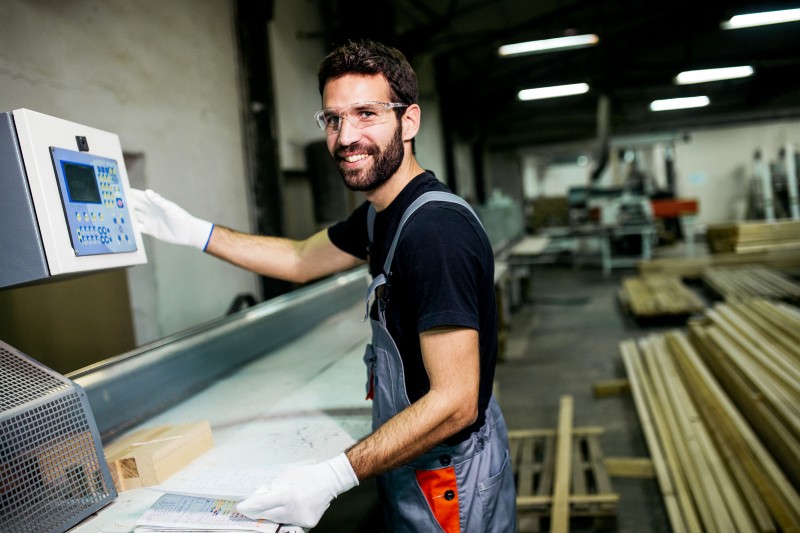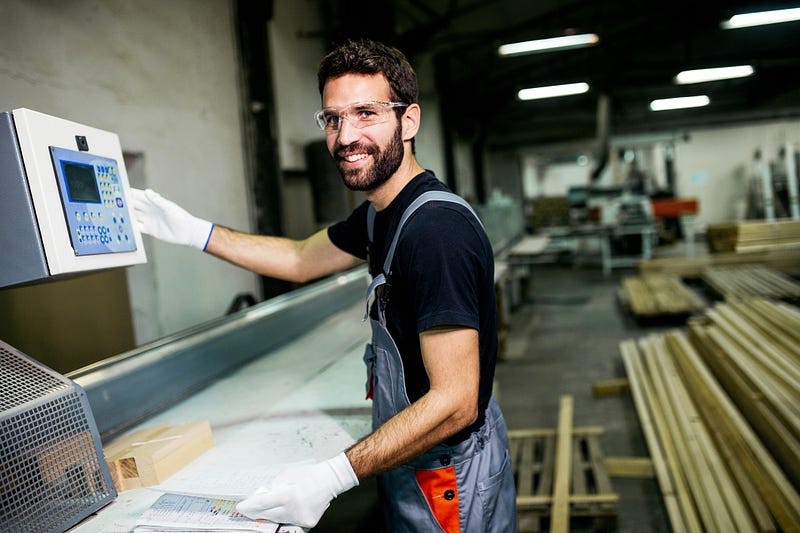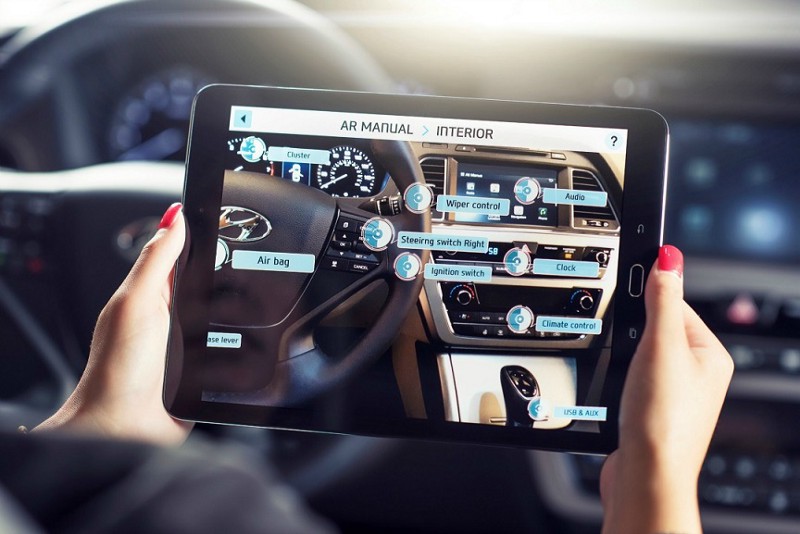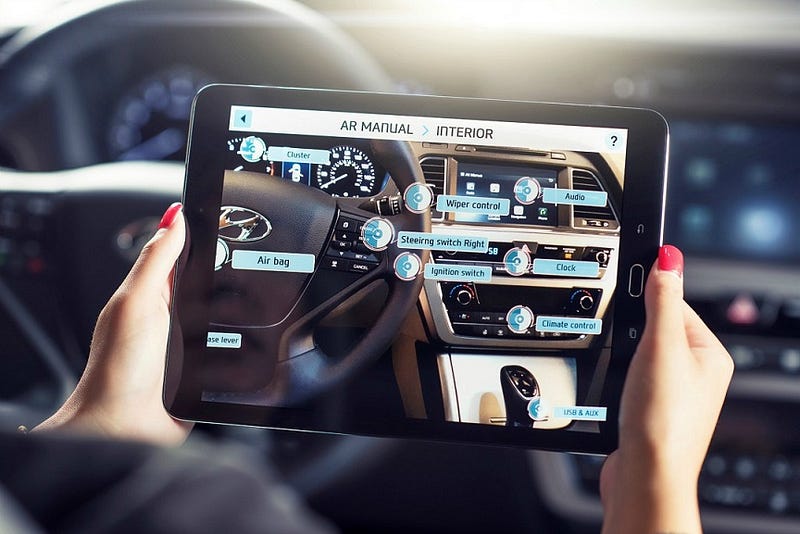
Who should lead digital transformation in large enterprises?
For simplicity I’ll limit the possible solutions to who should lead digital transformation in large enterprises to either the CIO or someone else. The two most important factors in making the right selection are your current state of technology adoption and your culture. Are you moving materials manually or is your operation automated? Are all parts of your organization connected (IoT) from sales to manufacturing? Are you already using AI? Are you still managing large waterfall style projects mapped start to finish with Gantt charts? Do you evaluate and deploy technology initiatives differently than other business initiatives? The answers to these questions can indicate where you are in your digital transformation process and the leadership required to move your organization forward.
Here are the two examples of situations where the CIO may be just the leader you need:
Situation 1 — Your enterprise is behind on technology adoption and you don’t even have a CIO. IT rolls-up to finance, HR, or other functional or operational leader. In this case, the CEO can set the tone for transformation by creating the role of CIO. She can define the CIO as the change agent and transform the culture around this role and the journey to an agile future state of the business.
Situation 2 — Your enterprise is technology-forward. Your data is already in the cloud and employees consume it real-time on mobile, desktop and operational devices alike. You include IT initiatives in core business decisions like other capital investments. In this case, your digital transformation culture is established and your focus is on implementing the latest emerging technologies.
Here is a situation where the CIO may not be the right leader:
Your company has intermittently adopted technology to supplement your ERP on an ad hoc basis, but the architecture was created before cloud and mobile fundamentals were even contemplated. Changing one application within your system risks breaking another, but you can’t predict which one. Culturally, your technology exploration and implementation cycles are bogged-down in IT backlog and your leaders see IT as a cost center. In this situation, the CEO will enable success by assigning a leader from outside the technology realm — a ‘digital transformation officer’ or project leader — to build and lead a cultural case for change from the ground up. Then the CIO can help deliver technology into the new culture.
Don’t blame the CIO too quickly for the current state of your enterprise. The explosion of technology and the economy in the early 2000’s collided to create expanding IT teams deploying new ERPs and adopting new technologies. Then the recession of the late 2000’s undermined the business assumptions upon which these investments were based. In my industry, building products, the result was devastating. No matter how good an IT team or leader may have been, IT was a less-understood cost-center. Considering that ten years ago any 40+ year-old CEO or senior executive had formed their business paradigm in a pre-mobile, pre-email and pre-PC world, any failed IT investments due to economic collapse were likely admonished more than non-IT investments that failed for the same underlying reason.
To establish a new digital path for your enterprise, a collaborative leader who has delivered results across multiple functions can deliver digital transformation. IT teams and consultants can help guide the technology deployment. After all, digital transformation is a culture change initiative to leverage technology, not a technology initiative to change culture. A successful digital transformation leader endorsed by the CEO and respected by peers builds a successful case for change from the ground up. The technologies he chooses to implement become decisions just like other investment decisions in equipment or teams and are weighed at the same time, by the same leaders, on the same basis of relative return on investment.
JumpStart Your Digital Transformation
Innovating technology is crucial, or your business will be left behind. Our expertise in technology and business helps our clients deliver tangible outcomes and accelerate growth. At Kopius, we’ve designed a program to JumpStart your customer, technology, and data success.
Kopius has an expert emerging tech team. We bring this expertise to your JumpStart program and help uncover innovative ideas and technologies supporting your business goals. We bring fresh perspectives while focusing on your current operations to ensure the greatest success.
Partner with Kopius and JumpStart your future success.

